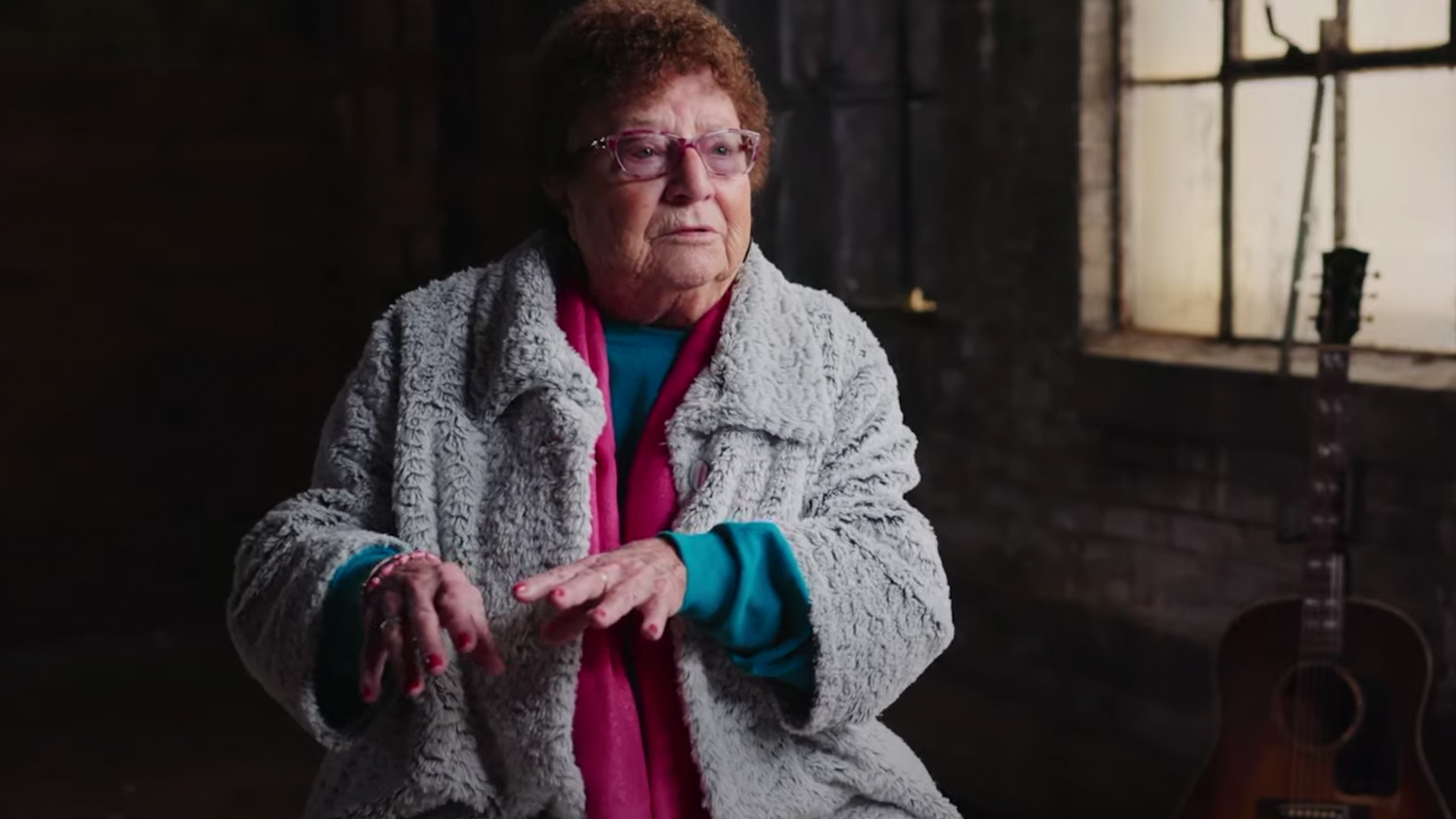
Irene Stearns – believed to be the last surviving member of the 'Kalamazoo Gals', a group of women who worked at Gibson's Kalamazoo factory in World War II – celebrated her 100th birthday on January 30, and had the day declared in her honor by the city of Kalamazoo, Michigan.
Making the declaration at a city commission meeting on January 18, Kalamazoo City Commissioner Jeanne Hess announced that January 30, 2022 would be known as Irene Stearns Day and paid tribute to the centenarian, calling her an “active and giving member of the Kalamazoo community”.
In a thank you letter to the city of Kalamazoo, Stearns wrote: “I feel like I am one of the luckiest gals in the world. First, to be born on the east side of Kalamazoo and then to have lived 100 years in Kalamazoo within a couple of miles [of] where I was born.”
Born in Kalamazoo on January 30, 1922, Irene Stearns completed her education at Kalamazoo Central High School in 1940, and began working at Gibson's Kalamazoo factory at 225 Parsons Street the same year.
She became one of the first of a group of local women to step in to keep the factory running when most of the male workers left to fight in World War II. The group later became known as the Kalamazoo Gals.
Stearns made guitar strings during her time at the factory, and according to John Thomas, author of 2012 book Kalamazoo Gals, is the last surviving woman to have worked there during the war.
As Thomas notes (per MLive), during his initial research for the book, he found an article by Gibson's personnel director during the war, who wrote that the company did not produce any guitars at the time, instead dedicating its machinery to help produce equipment for the war effort.
Get The Pick Newsletter
All the latest guitar news, interviews, lessons, reviews, deals and more, direct to your inbox!
The company later admitted to producing a small number of guitars during the conflict, but claimed that these were made by a few seasoned luthiers who were too old to go to war. According to Julius Bellson, longtime Gibson employee and author of The Gibson Story (1973), executives at the time believed that people wouldn't buy these guitars if they knew they had been made by women.
Thomas later managed to procure around 4,400 pages of shipping letters from Gibson's headquarters in Nashville, Tennessee, which revealed that the company had shipped over 25,000 guitars during the war.
Theorizing that the purported small group of older luthiers could not have made that many guitars, Thomas subsequently put an ad in the Kalamazoo Gazette in 2008 asking to meet with any women who worked at the factory during WWII. A dozen female former Gibson employees showed up, one of whom was Irene Stearns.
“I met her on my very first visit to Kalamazoo,” Thomas says. “She was the youngest of the people I met at the time, and she essentially became my compatriot in telling this story. We’ve done live television, BBC radio, NPR in New York City. She’s just a delight and really stepped into the role of the public persona of the Kalamazoo Gals.”
After conversing with the women who met with him in 2008, Thomas discovered that over 200 women worked at the factory during the war.
“They opened a window into this little bit of history that no-one knew about,” he says. “It just lit my life up.”
Stearns will also appear in an upcoming documentary based on Thomas's book, Kalamazoo Gals, which when completed, will premiere locally at the Kalamazoo State Theater.
Sam was Staff Writer at GuitarWorld.com from 2019 to 2023, and also created content for Total Guitar, Guitarist and Guitar Player. He has well over 15 years of guitar playing under his belt, as well as a degree in Music Technology (Mixing and Mastering). He's a metalhead through and through, but has a thorough appreciation for all genres of music. In his spare time, Sam creates point-of-view guitar lesson videos on YouTube under the name Sightline Guitar.
“The musicians, shops, and brands who use Reverb have always been at the center of all that we do”: Reverb has been acquired by two new investors – and will once again become an independently operated company
One of the UK's biggest guitar stores has sold its stock and website to online retailer Gear4music for $3.2 million – after weeks of speculation over its future











